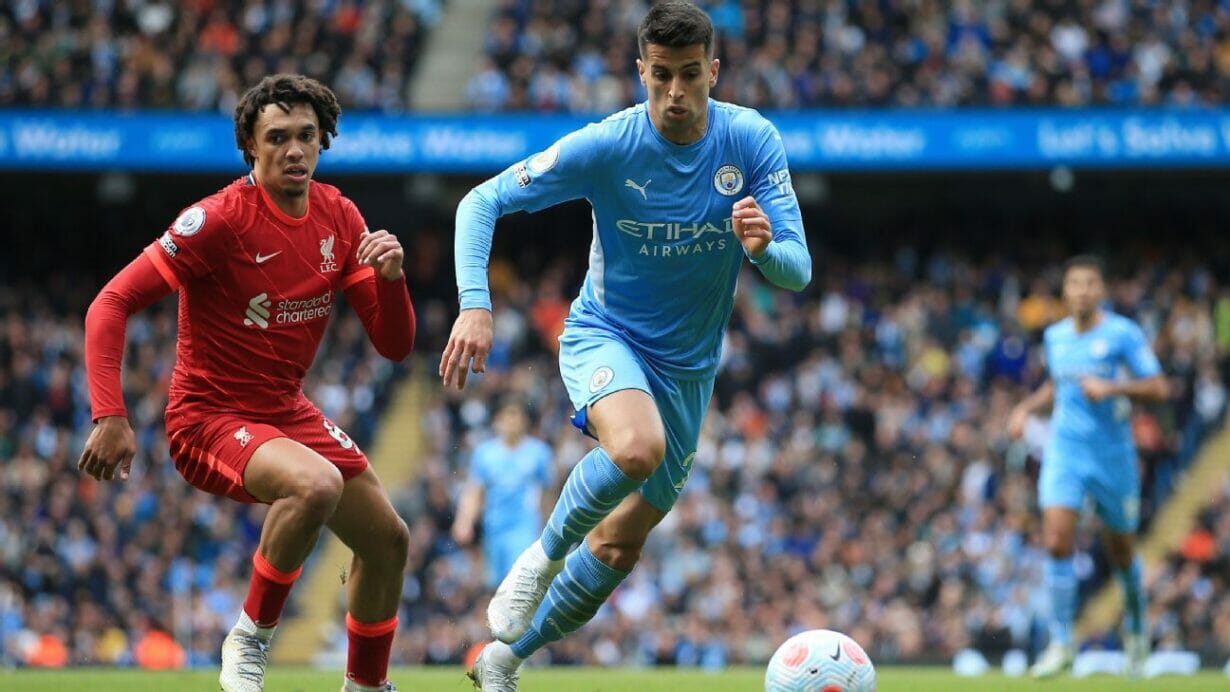

The year was 2015 and Antonio Gagliardi was doing what he was paid to do: Think about football. Something about how we talk about football didn’t quite sit right with the Italian Football Federation’s analyst, and then a light bulb went off: “Roles ought not to be defined by position, but rather by function.”
– O’Hanlon: Could Haaland and Nunez signings drive the rebirth of the centre-forward role?
– Stream ESPN FC Daily on ESPN+ (U.S. only)
– Don’t have ESPN? Get instant access
In other words, it makes little sense to speak of right-backs when different players in that position are called to do different things. What Benjamin Pavard does for Bayern is very distinct from what Trent Alexander-Arnold does for Liverpool. Or take Chelsea‘s Jorginho and Real Madrid‘s Casemiro, both deep-lying central midfielders, right? Yet while their heat maps may be similar, what they actually do on the pitch is totally different.
Gagliardi teamed up with the analytics company Soccerment to come up with an entirely different way of categorising players, one based on function. Using Opta data from the past five seasons and some proprietary algorithms, they looked at Europe’s Big Five leagues and came up with 13 “clusters” to define outfield players by their contributions or, better yet, by their attempted contributions. For example, a wide player who repeatedly attempts to go one-on-one and beat an opponent rather than, say, crossing or coming inside to build play gets defined a certain way, regardless of whether he’s successful or not.
You may wonder whether there’s a bit of a “chicken-and-egg” dilemma here. That is, did they define a type of player in terms of, say, attempting X many crosses, Y many dribbles, and Z many shots? Or did they simply let the algorithm do its thing and sort the players by statistical category, grouping together the naturally occurring clusters?
They did the latter, to help remove any biases they may have had about what a function should look like. And they ended up with 13 fairly distinct clusters based on a player’s tendencies. All that was left was to name the clusters (and here, the nomenclature may seem a little hokey, but bear with them, this is their first attempt).
There are ball stoppers (Tottenham’s Cristian Romero), build-up initiators (Liverpool’s Virgil Van Dijk) and first-line breakers (Napoli‘s Kalidou Koulibaly). You’ve also got wide controllers (Bayern’s Pavard), wide creators (Paris St Germain’s Achraf Hakimi) and chance creators (Manchester City‘s Kevin De Bruyne).
There are ball stealers (Real Madrid’s Eduardo Camavinga), build-up directors (Liverpool’s Thiago Alcantara), box-to-box raiders (Inter’s Nicolo Barella) and one-to-one explorers (Real Madrid’s Vinicius Junior). Up front, you’ll find mobile finishers (Liverpool’s Mohamed Salah), all-around finishers (Bayern’s Robert Lewandowski) and target men (Borussia Dortmund‘s Sebastian Haller).
And, obviously, there are hybrids. Some players’ output puts them in multiple groups. PSG’s Kylian Mbappe ranks in both the mobile finisher and one-to-one explorer category. Joao Cancelo ranks high in both the wide creator and chance creator categories, which makes sense to anyone who has watched City play and the Portuguese full-back (which is what he might have been classified as a generation ago) come inside and serve up assists. Real Madrid’s David Alaba may be the most hybrid of them all: He pops up in five different clusters.
A side-effect of the clustering project reveals what many already suspected: Certain functions are far more prevalent in successful teams. Top sides tend to have more creators (both in the chance and wide categories), more players who participate in build-up, and fewer ball stoppers and ball stealers. Part of this is by design. They have more of the ball, and they need more players who can do stuff with it. Part of it though is probably a reflection of the imbalance of resources in the game, with top clubs attracting (some might say hoarding) most of the talent.
The creators of the clustering project concede there is massive scope for improvement. For starters, there’s more advanced and detailed data out there, both in terms of event data, pressing data and tracking. And, obviously, what a player does on the pitch is impacted by other factors, from whom his teammates are, to how his team plays, to what instructions a manager gives his team. They view their work as a starting point on which to build.
But the concept underpinning it is evident. And it shows how the game is evolving and, perhaps, has outgrown traditional nomenclature. Just as, in many ways, basketball has. We used to have a point guard who dribbled and passed, a shooting guard who took shots, a small forward who drove to the basket, a bigger power forward who hung out near the paint, while the center was the tallest guy on the team and worried about rebounding, blocking shots and posting up. Much of that has now gone out the window, and the focus is on individual skill sets rather than defined positions.
Basketball is obviously a more fluid game, but football has its own fluidity. Does it make sense to say Liverpool play 4-3-3 when, in possession, Alexander-Arnold and Andy Robertson are often further forward than the midfielders? Or consider Sergio Busquets at Barcelona. That too is a nominal 4-3-3, but when they have the ball, the full-backs push up, the central defenders split and Busquets slips in between them, turning it into a de facto back three.
We already, often unwittingly, recognise different skill sets. Raheem Sterling isn’t going to play left wing the way Sadio Mane does, let alone Cristiano Ronaldo, when they stick him out there. Most understand that. Think of this as a possible next evolutionary step in our understanding of the game.






